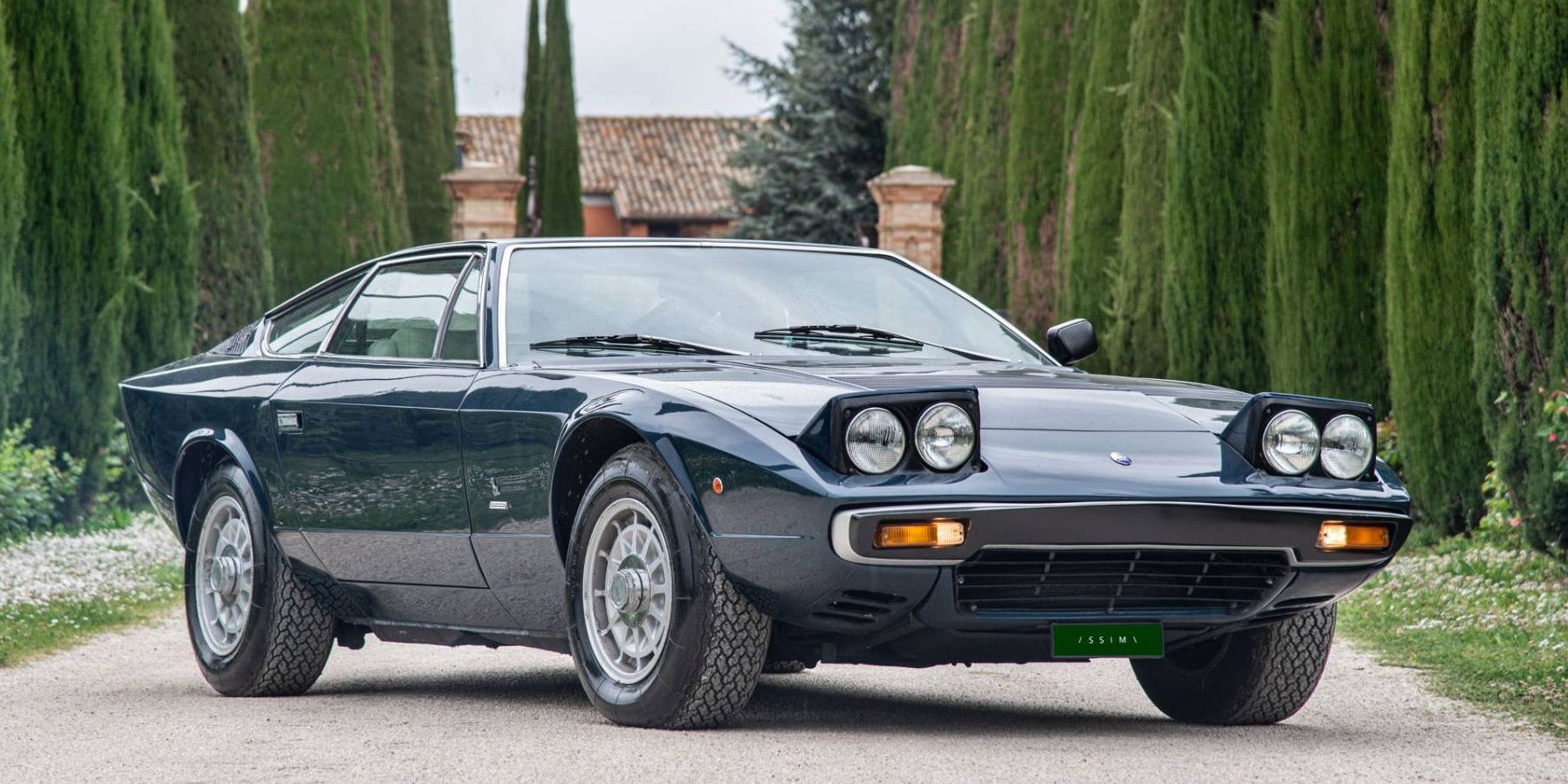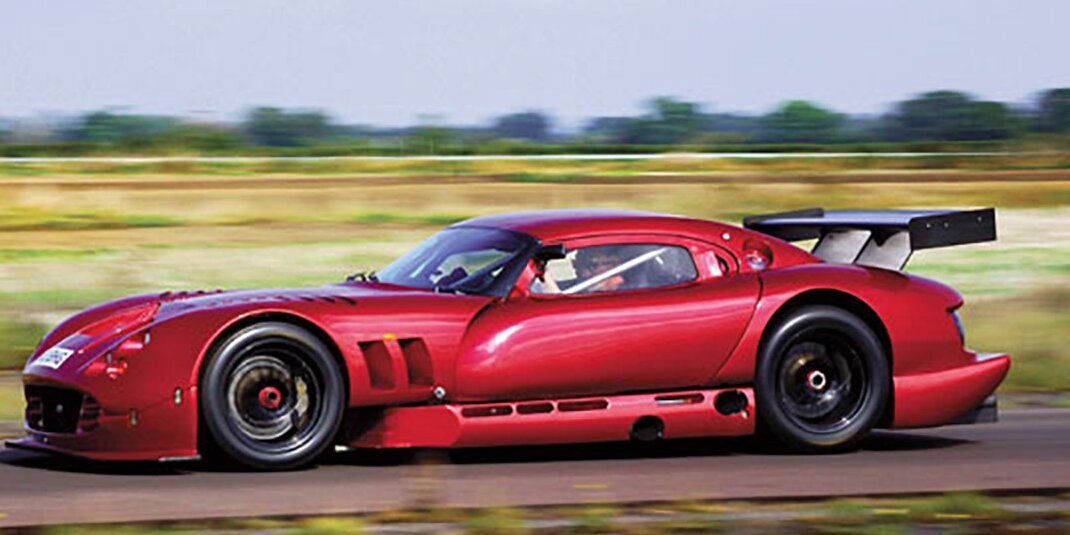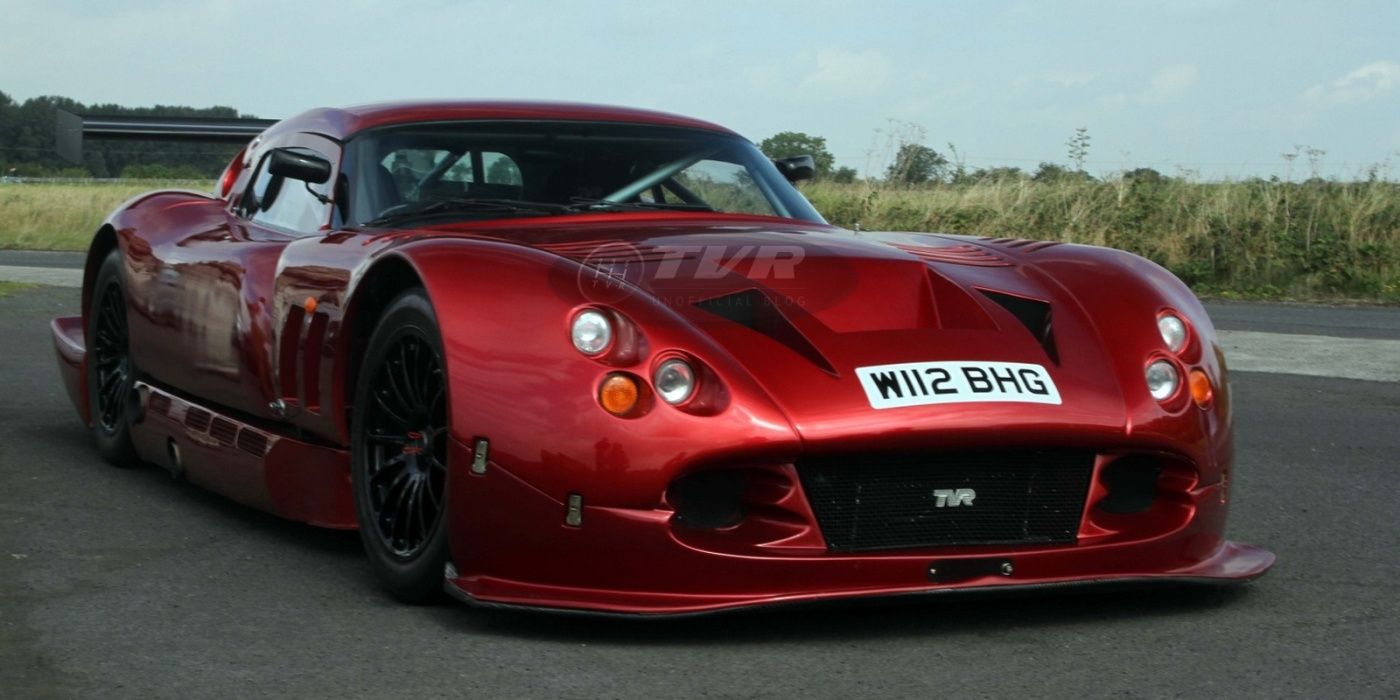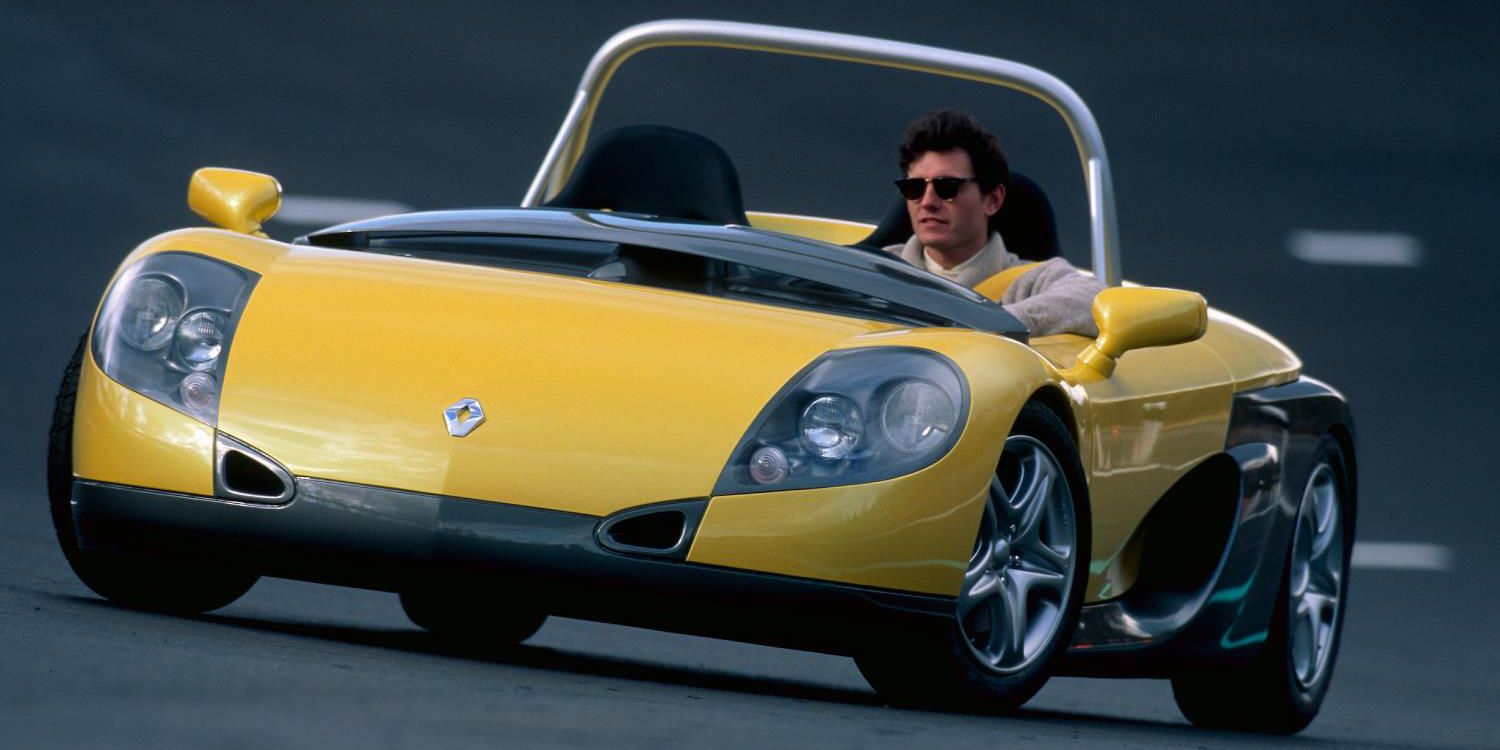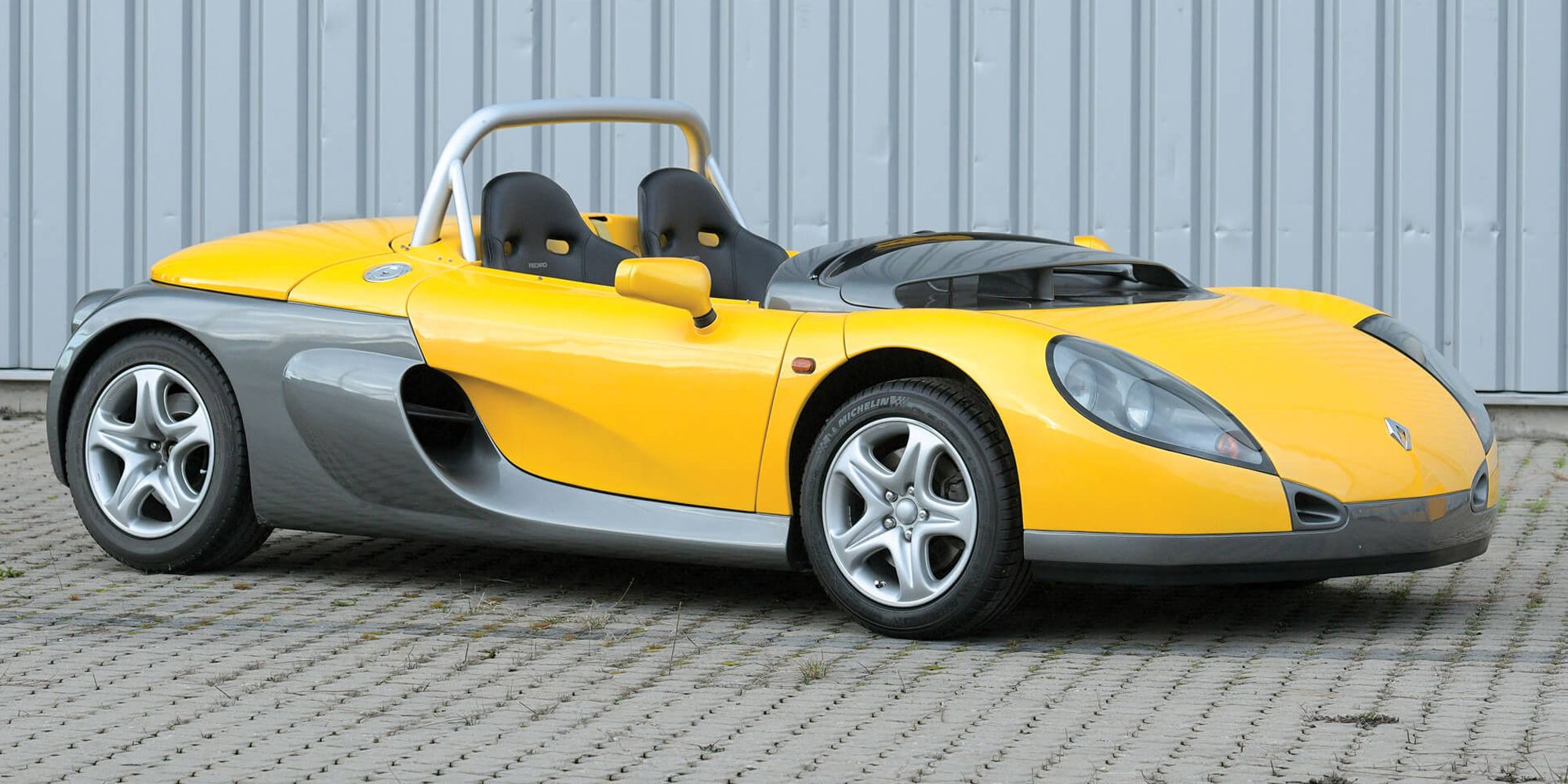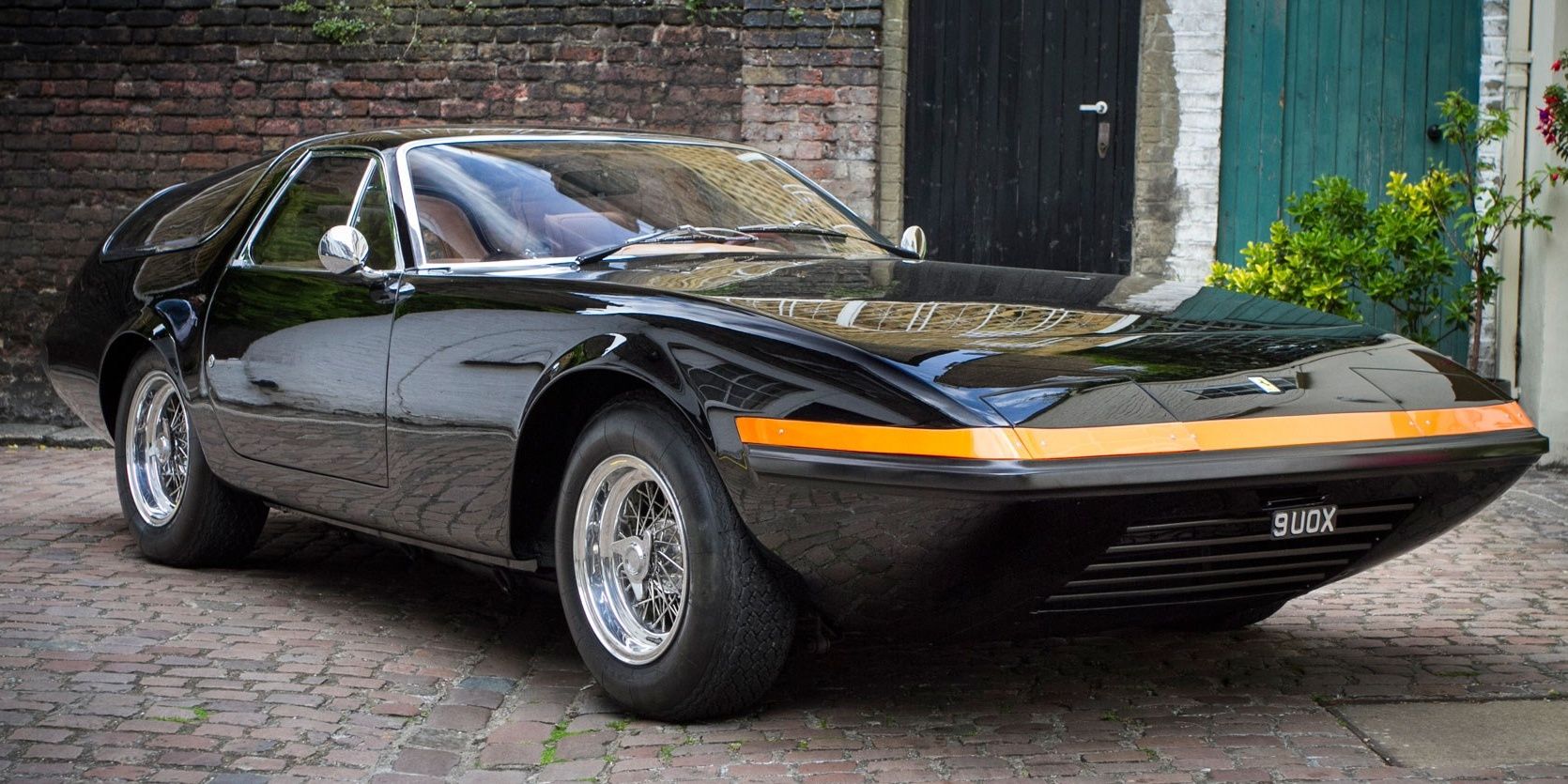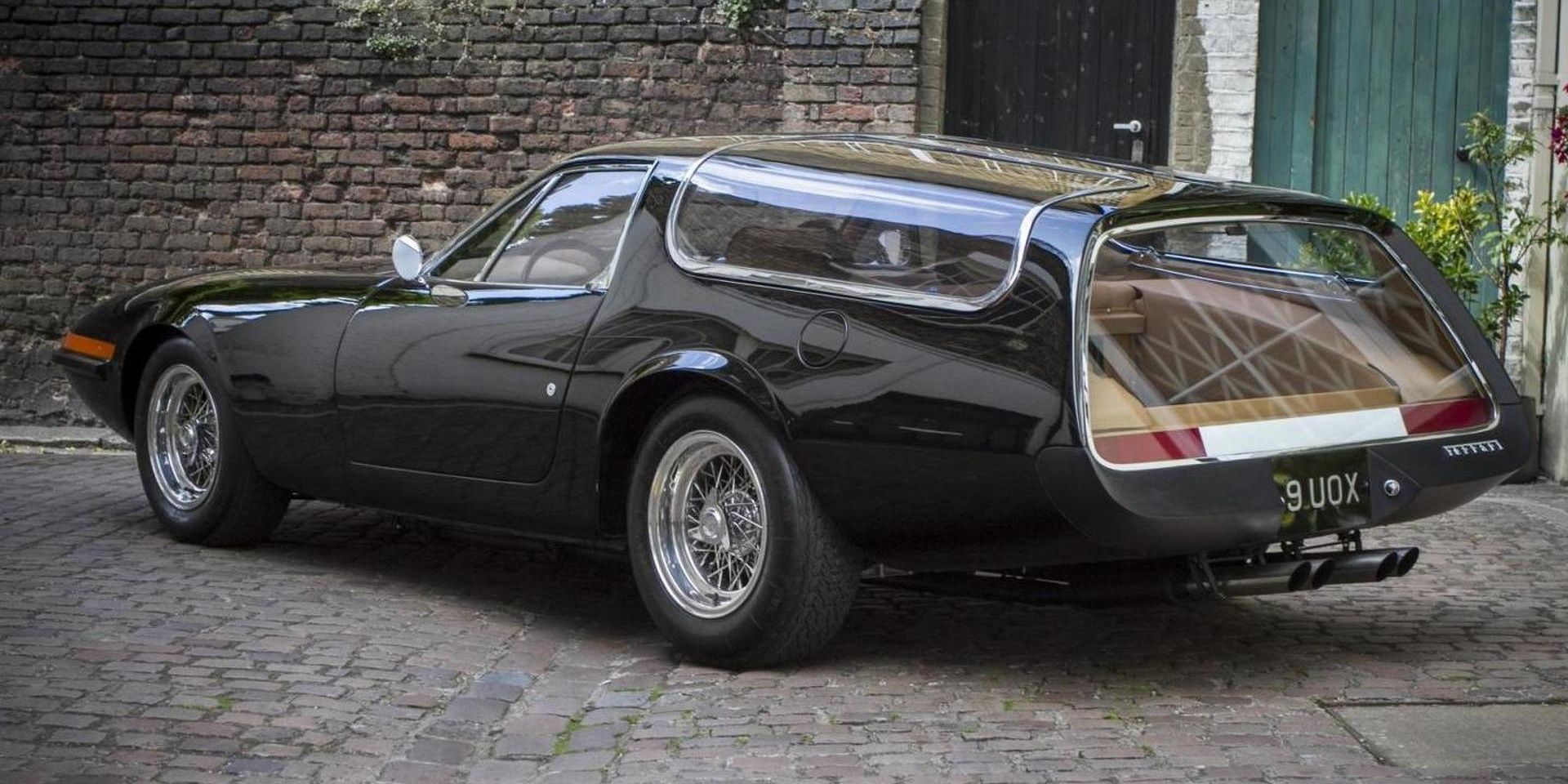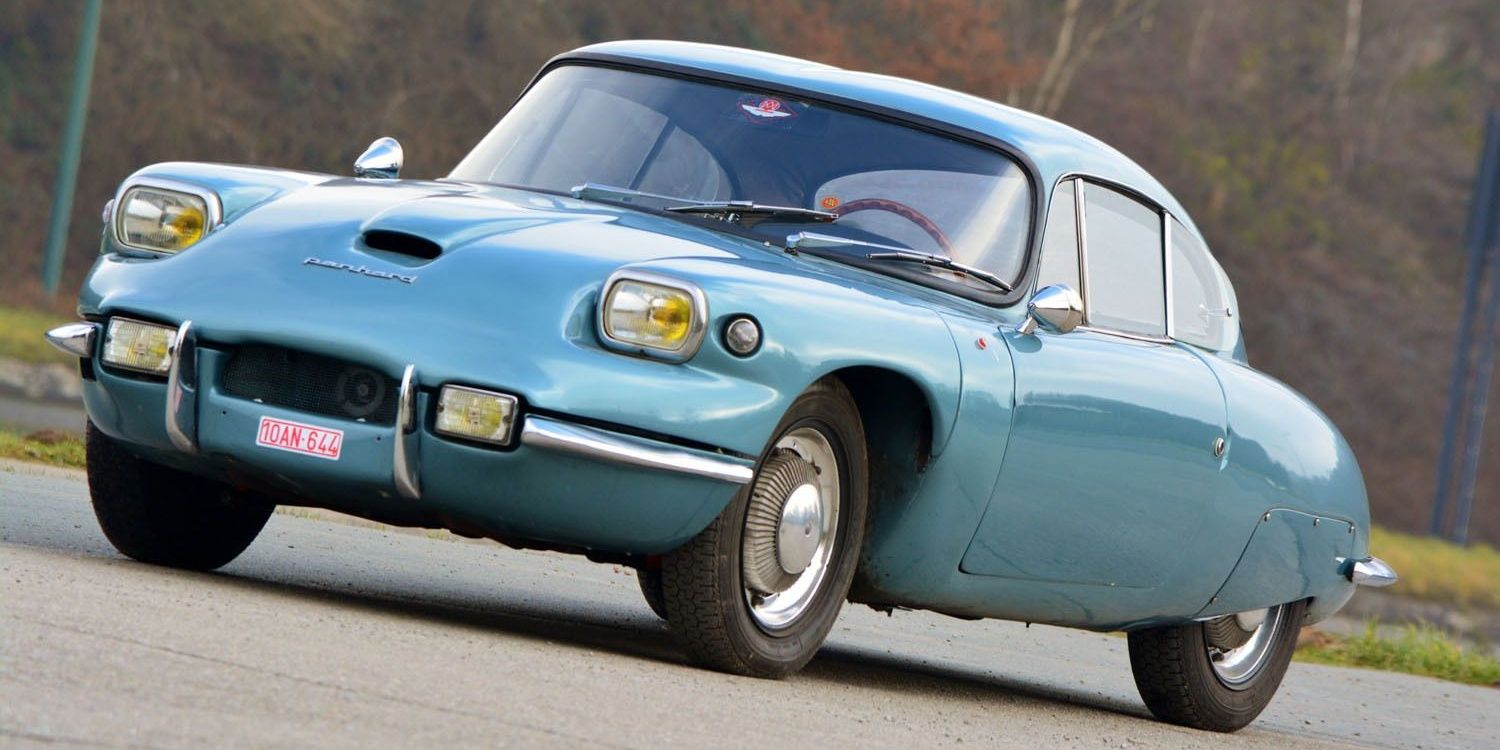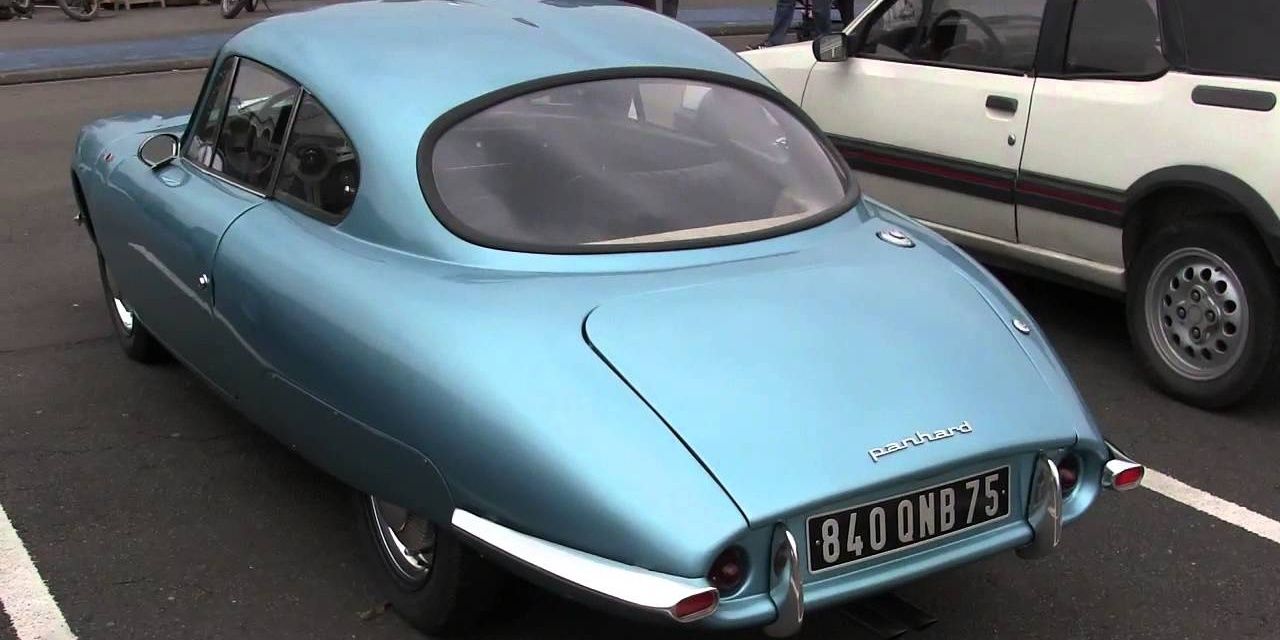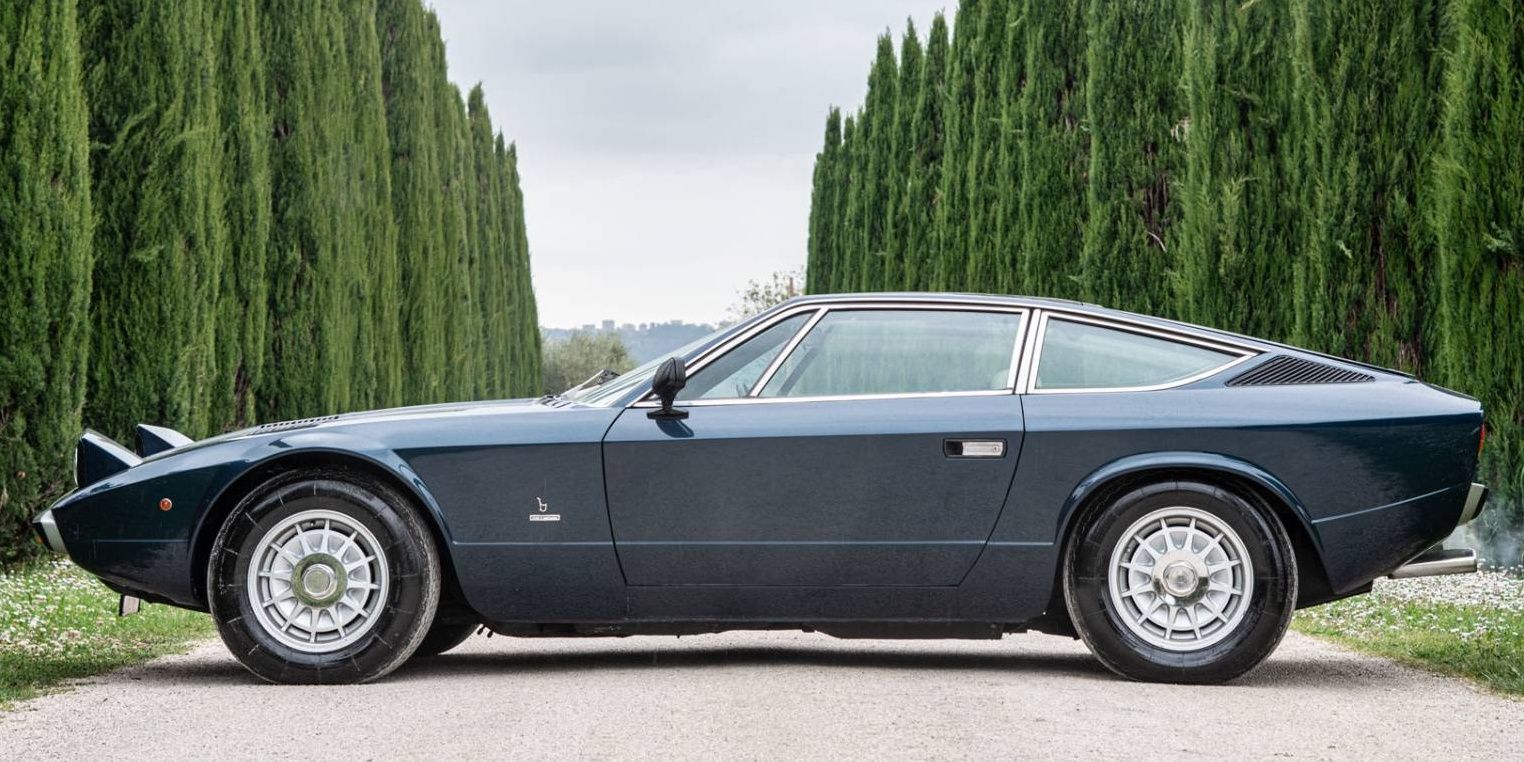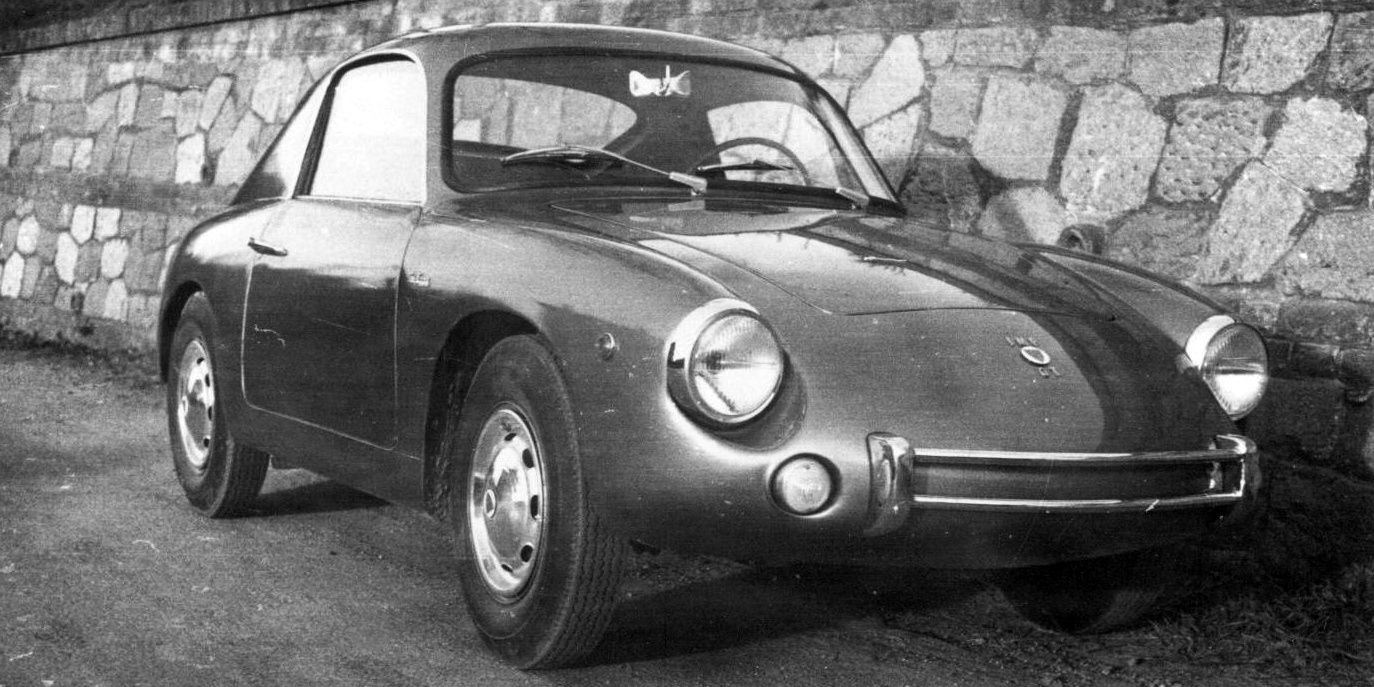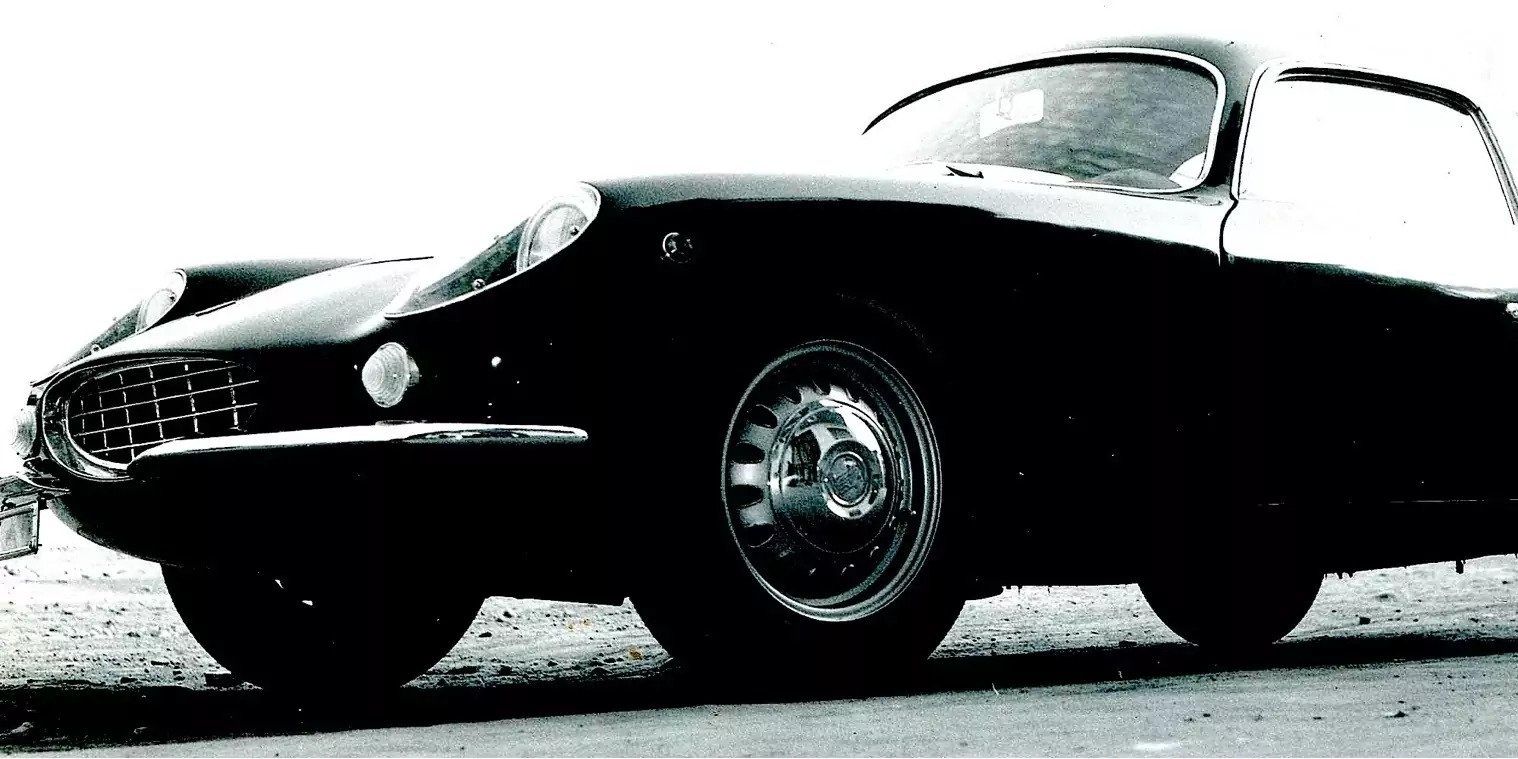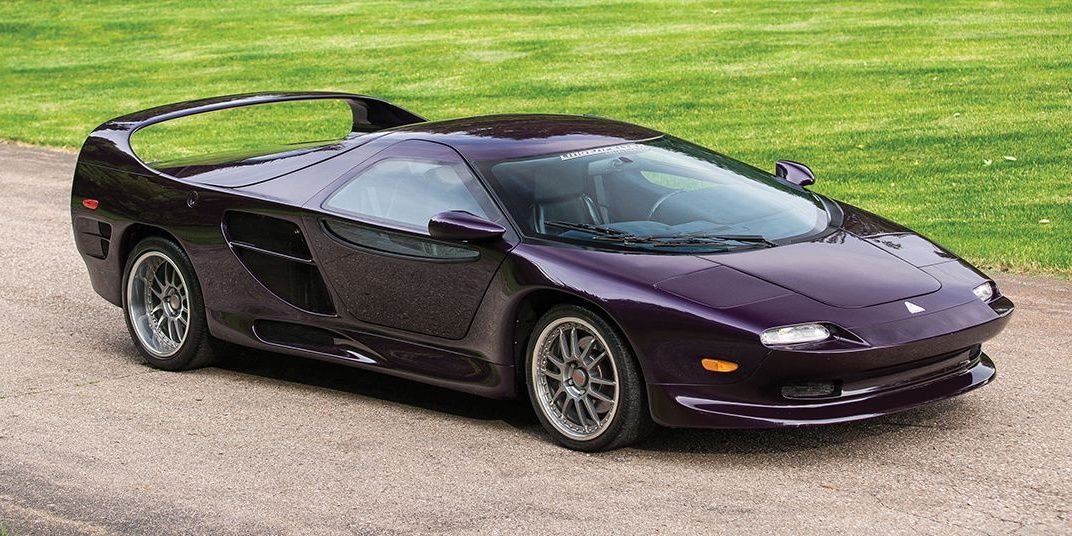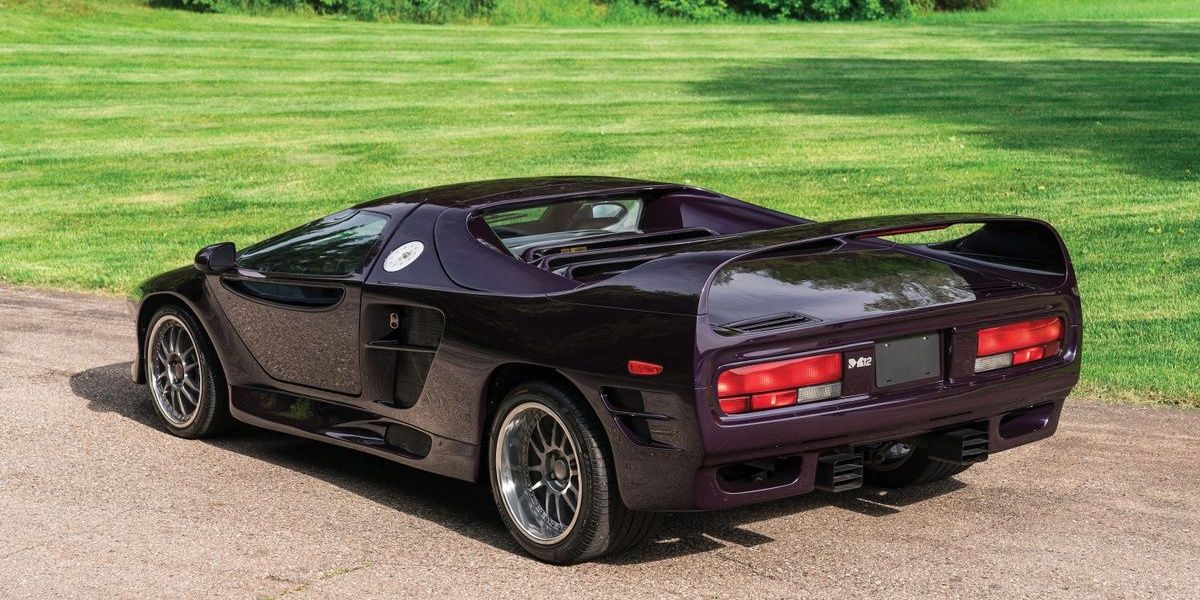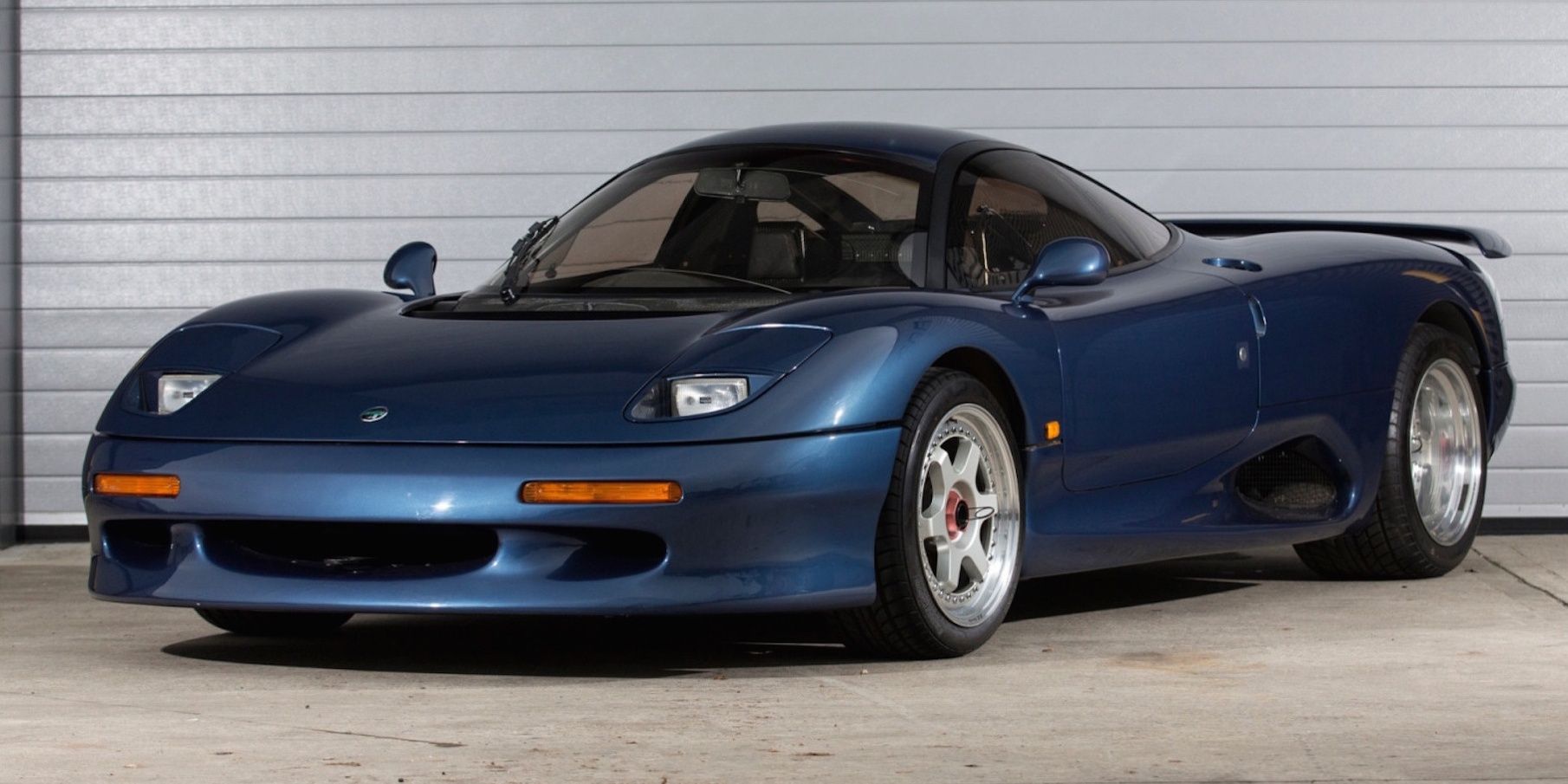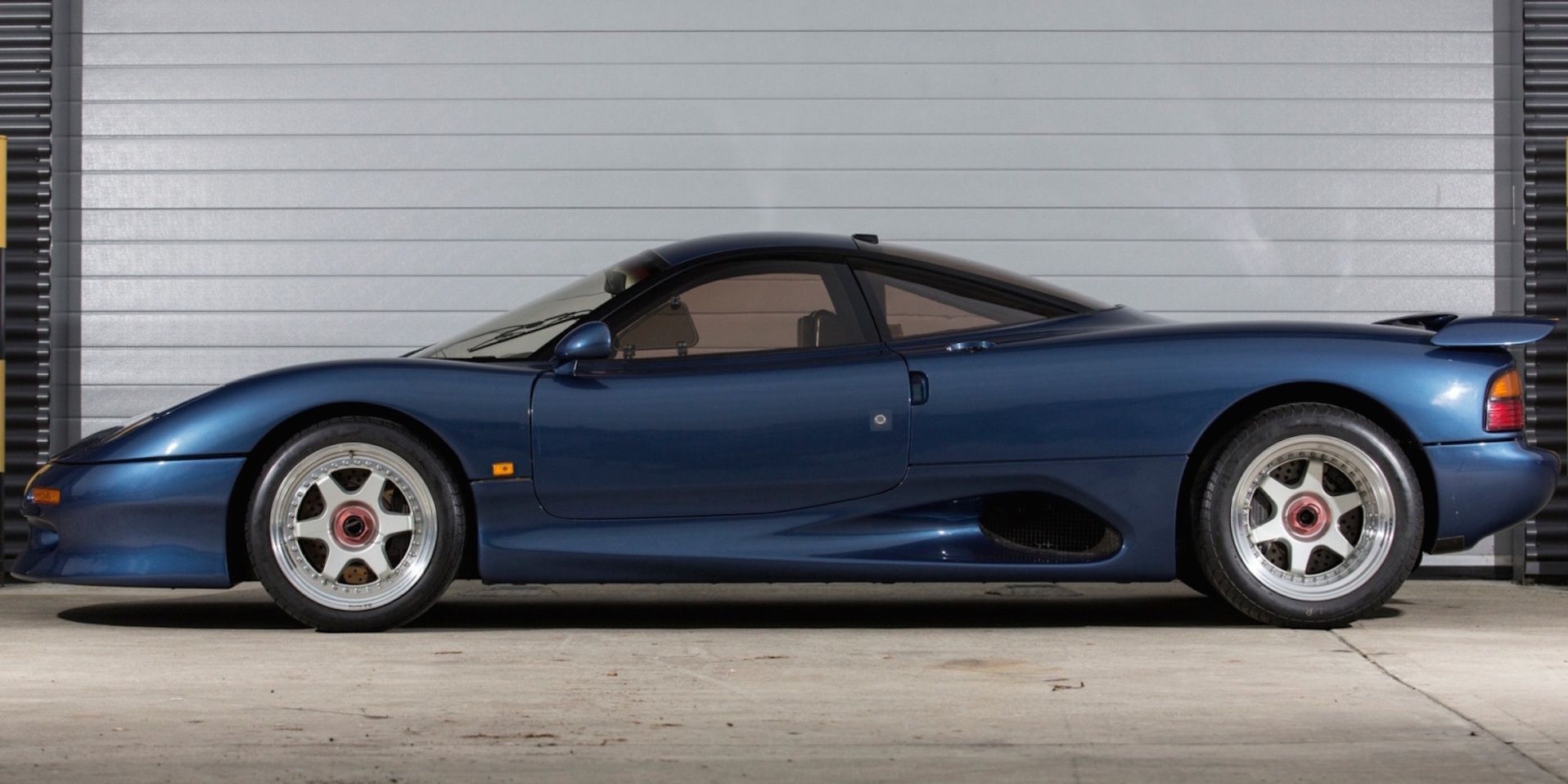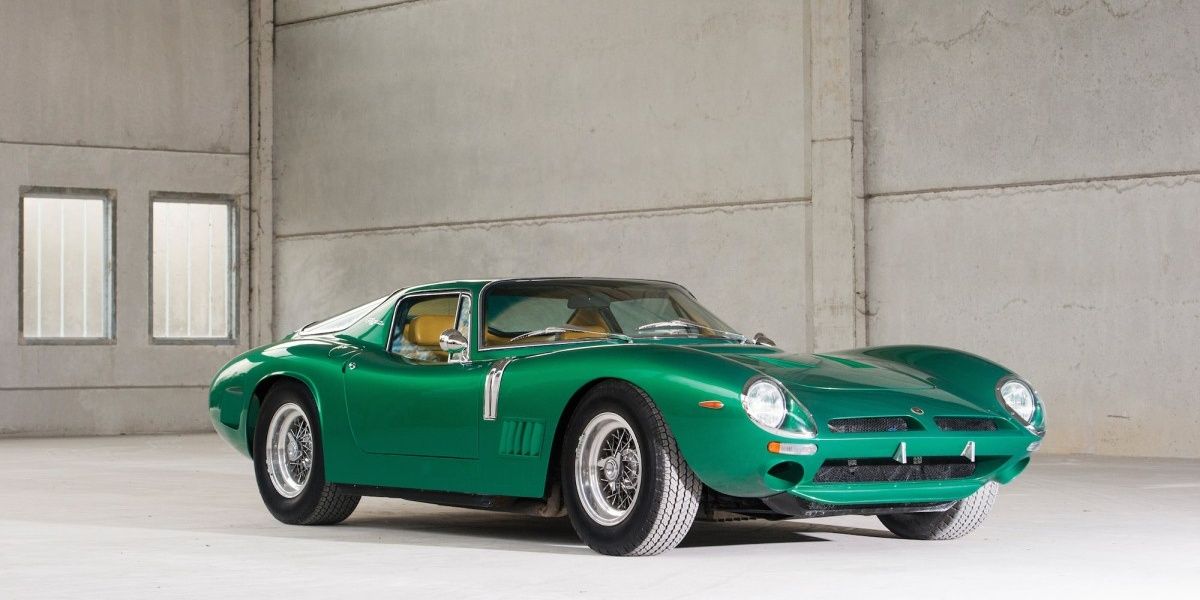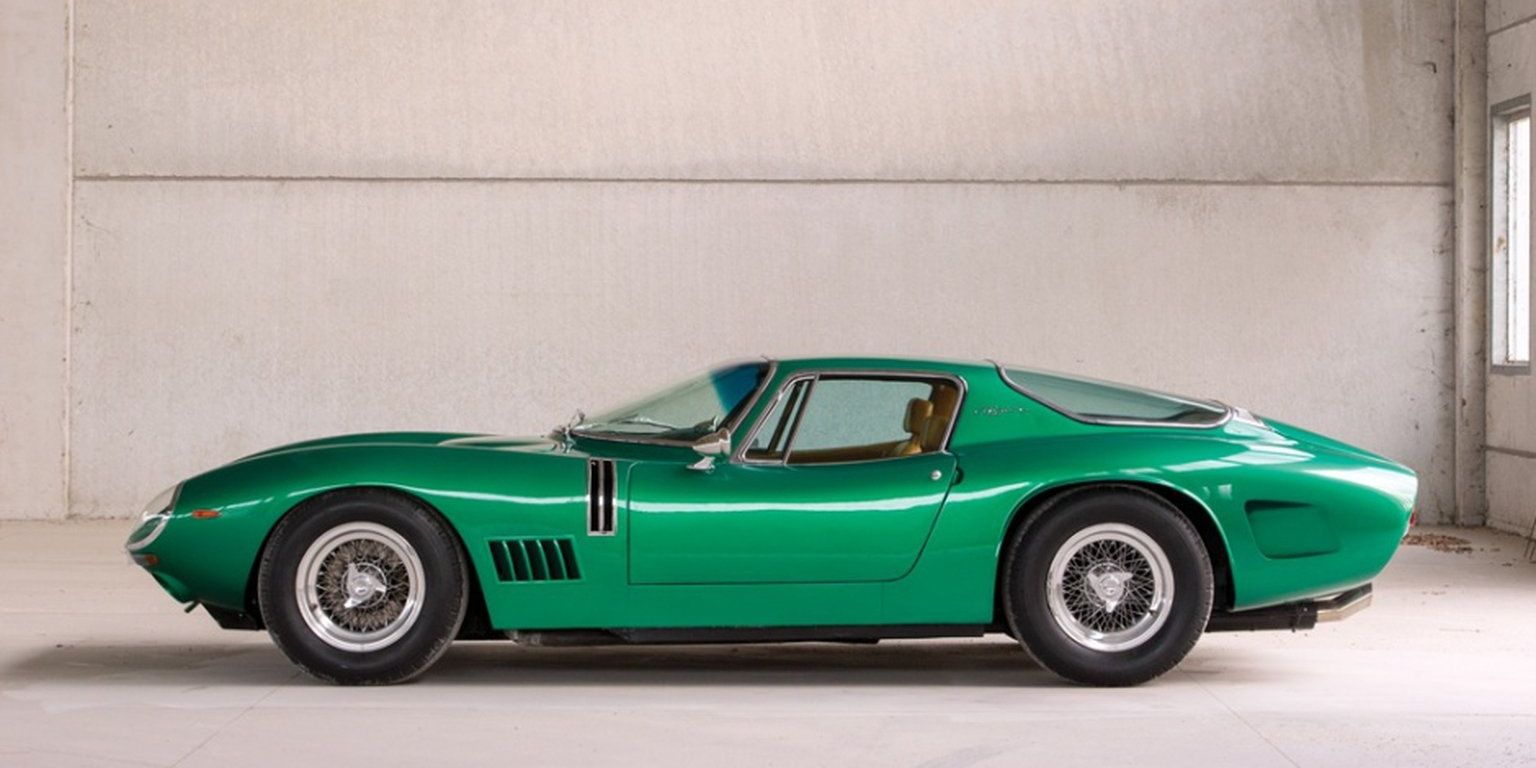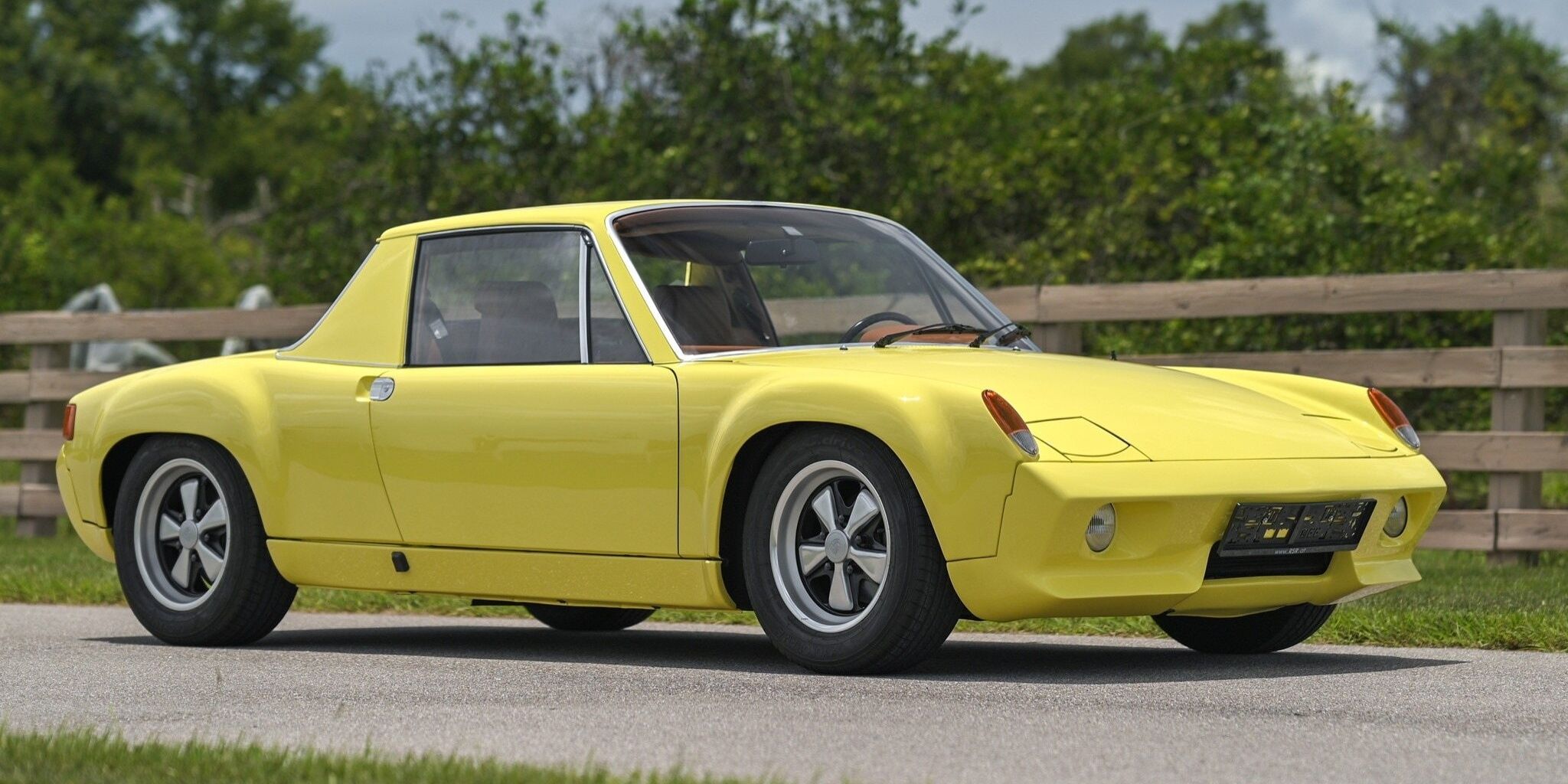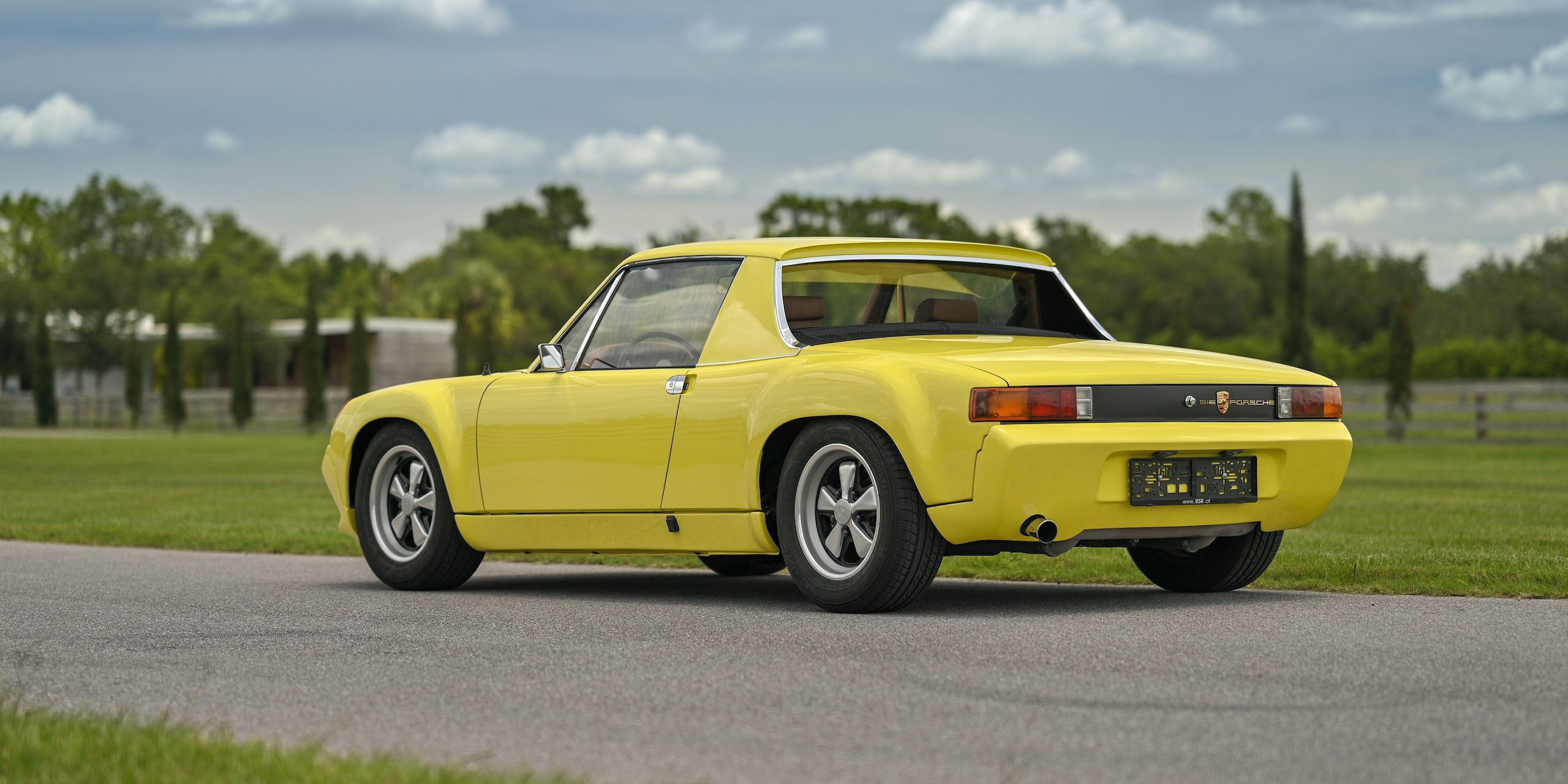Sports cars are in many ways the ultimate enthusiast's cars, serving no practical purpose apart from being there to put a huge smile on their owners' faces. Even since the early days, the sports car market has always been ultra-competitive, with carmakers big and small fighting it out for attention and sales from deep-pocketed buyers. With a constant stream of new makes and models being released all the time, it's no surprise that there's plenty of amazing older models that end up getting forgotten about.
This isn't always accidental: in one case we'll get to later, an upstart manufacturer made a car that was so good it was essentially shut down by one of its bigger competitors who didn't want anyone making a better car than they did. It's not all doom and gloom when a car gets forgotten about either, as occasionally they're rediscovered by collectors and can even begin to shoot up in value after many years of being left unwanted. These ten sports cars cover a wide range of eras from the vintage right up to the recent classics, but they all have one thing in common: their glory days are long gone and most enthusiasts have forgotten they exist.
10 TVR Cerbera Speed 12
British sports car maker TVR has had a tumultuous history, with more twists and turns than a cable channel drama. They've made a lot of crazy cars over the years, but one of their maddest ever is the Cerbera Speed 12. It was based on the regular Cerbera sports car but redesigned for entry into GT1 racing.
The road-going version of the Speed 12 was planned to become the fastest car in the world, but the project ended up being scrapped after just three examples were produced. Why? Well, with around 1,000 hp and no driver assists, it was incredibly difficult to drive on the road, and company executives eventually decided it was just too unruly to safely sell to customers.
9 Renault Sport Spider
This French oddity is a product of the small sports car craze of the '90s, an attempt by Renault to market itself as a sporty brand and appeal to a new set of customers. Renault didn't have much use for its performance subsidiary Alpine at the time, so it converted the Alpine factory in Dieppe into a production line for the Sport Spider.
Around 1,800 cars were produced and sold primarily in Europe and the UK. With a 2.0L four-cylinder engine making 148 hp, the Sport Spider wasn't that fast, but it was more like a Lotus in that its strength was in its handling and cornering abilities. The Sport Spider can be very occasionally seen at car shows today, but apart from those sporadic appearances it's been largely forgotten about by the automotive community.
8 Ferrari Daytona Shooting Brake
The Ferrari Daytona, officially known as the 365 GTB/4, is one of Ferrari's most beloved models. Their continual desirability among collectors has meant that buying one will likely require well over half a million dollars for even the cheapest examples. Strangely enough, though, the rarest Daytona variant of all, the Shooting Brake, isn't anywhere near as collectible.
The Shooting Brake is a one-off car that was commissioned by a Floridian architect in the early '70s. Its unique design was constructed by the British coachbuilder Panther Westwinds, and since then it's been kept in pristine condition by its owners. It's been listed for sale several times but failed to sell, even though the asking price was no more than that of a regular Daytona. It seems that no one's interested in forking out the cash for this unique Prancing Horse, which seems destined to wind up forgotten in the back of its current owner's storage facility.
7 Panhard CD
Panhard as a brand has been generally forgotten about by enthusiasts, despite the fact that back in the Fifties and Sixties the company was at the cutting edge of automobile technology. The CD is a great example of this, as its streamlined shape made it one of the most aerodynamic cars of its time and enabled it to win its class when it competed at Le Mans in 1962.
It's thought that around 180 CDs were made between 1962 and 1965, although sadly Panhard stopped making automobiles shortly after the production of the CD ended. The company continued with its other business of making buses, trucks, and military vehicles, eventually becoming part of Renault's truck division.
6 Maserati Khamsin
There's a number of Maseratis that have become firmly engrained into sports car folklore, for example, the 8CTF for all the right reasons and the Biturbo for all the wrong ones. The Khamsin on the other hand has never fitted into either the spectacularly good or spectacularly bad category, so it's been largely forgotten about.
Built between 1974 and 1982, the car is one of several Bertone-designed models from the era that features a distinctive wedge shape. It was powered by a 4.9L V8 which transferred its horses to the asphalt via the rear wheels only. It attracted a decent amount of buyers for its day, selling 435 units, but its lack of a distinctive unique feature has meant it's largely got lost in the sea of other wedge-shaped cars from the era.
5 Intermeccanica Imp 700 GT
Coming from humble beginnings as the passion project of a Hungarian engineer and his wife, Intermeccanica started off making performance parts before making its own racing car in 1959. It was the Imp 700 GT, built on a Fiat chassis at Intermeccanica's small factory in Turin, Italy. Despite their relative lack of experience in making cars, the Imp 700 GT was a fiercely competitive machine and beat its more established rival Abarth at several high-profile racing events.
Abarth's owner Carlo Abarth was having none of that and persuaded Fiat to stop selling chassis to Intermeccanica as he was afraid of being shown up by this upstart competitor. Intermeccanica never fully recovered from this setback and went on to make several low-volume cars after the Imp, eventually fading into obscurity. After shutting down its competitor, Abarth managed to stay as Fiat's de facto performance arm and still continues that role to this day.
4 Vector M12
American sports car company Vector never quite managed to make a financial success of their company, even though they put out several impressive cars over the decades. In 1993, Indonesian automotive investment firm Megatech acquired a controlling stake in Vector, then acquired Lamborghini the year after.
The two companies briefly shared office space and also shared some components, which led to the creation of the M12. It was a heavily reworked version of the Lamborghini Diablo, sharing an engine and many internal components. Vector couldn't drum up much sales interest in this Italian-American cross-bred supercar, and only 14 cars were ever sold.
3 Jaguar Sport XJR-15
The Nineties produced some of the most famous supercars in automotive history, from the McLaren F1 to the Porsche 911 GT1 Strassenversion. Not every supercar is well remembered though, as Jaguar's XJR-15 proves. Built at the Tom Walkinshaw Racing factory in Oxfordshire, England, the XJR-15 was based on the XJR-9 racing car that had made headlines by winning Le Mans in 1988.
The car was powered by a 6.0L Jaguar V12 and retailed for £500,000, which accounting for inflation would be £1,162,000 ($1,552,000) today. Despite that sky-high price, all 53 units of the XJR-15 were sold. The car today is mostly forgotten about, perhaps thanks to the recognition of its more famous successor, the XJ220. However, the XJR-15 has recently received a publicity boost after being featured in the best-selling racing game, Forza Horizon 5.
2 Bizzarrini 5300 GT
Enzo Ferrari was famous for his short temper and argumentative nature, but occasionally that temper could have unintentionally brilliant consequences. After a blazing row with Enzo, Ferrari's chief engineer Giotto Bizzarrini walked out and set up his own company. Fresh from working on the iconic 250 GTO, Bizzarrini took all his knowledge and created the 5300 GT, also known as the Strada.
133 cars were built between 1964 and 1968, making the 5300 GT the best-selling Bizzarrini model. A few years after production of the car ended, Giotto stopped making cars under his own name and went off to work for a variety of other Italian carmakers. Bizzarrini's cars were forgotten about for many years but in recent times they've had somewhat of a renaissance with collectors and their value has rapidly increased over the past year or two.
1 Porsche 916
The Porsche 914 was causing the company some problems in the early Seventies, as many enthusiasts thought it was more VW than a true Porsche. Indeed it did have VW roots, with a shared engine and less-than-stellar performance figures. To win back buyers, Porsche created the 916, a 914 chassis and body with a top-spec 911 engine stuffed inside.
The problem was that this new creation was too good and it risked taking sales away from the flagship 911. Because of this, the company ended up scrapping the model after just a few were built. Today, 916s are forgotten by the majority of fans, although the remaining cars are occasionally brought out of hiding to be auctioned off, often for close to a million dollars each.

